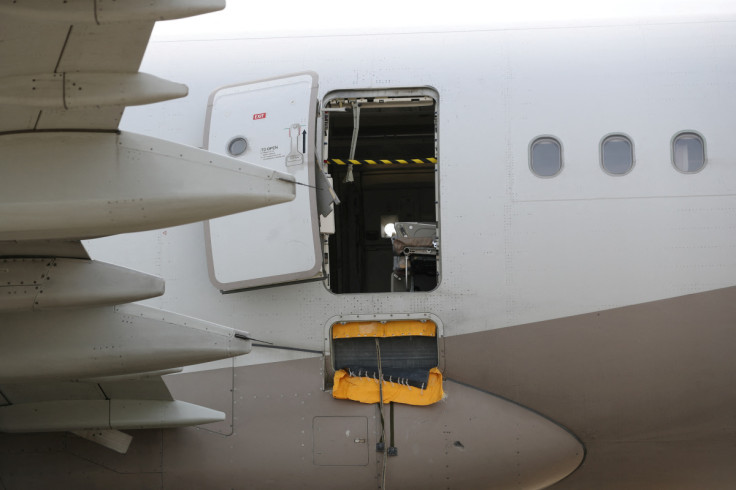Fake GPS Signals From Unknown Source Send 20 Aircraft Off Course Near Iraq-Iran Border: Reports

KEY POINTS
- GPS spoofing caused complete navigational system failures in some overflying airliners and business jets
- Aircraft using Airway UMB688 in northern Iraq received the fake signals
- One aircraft almost strayed into Iranian airspace without clearance, reports said
Around 20 aircraft have been led astray due to fake GPS signals from an unknown source near the Iraq-Iran border, according to reports.
The GPS spoofing reportedly caused complete navigational system failures in some overflying airliners and business jets over the last two weeks, prompting the Federal Aviation Administration (FAA) to issue a memo about the route's safety risks.
The incidents were first reported by OPSGROUP, a flight data intelligence crowdsourcing website that has pilots, flight dispatchers, schedules and controllers as members.
The website said the fake signals sent from the ground overpowered the onboard navigation system of commercial and business aircraft using Airway UMB688 in northern Iraq. The airway is majorly used by flights between Europe and the Middle East.
The GPS spoofing led some aircraft to lose navigational capability. One aircraft was led so far astray that it almost strayed into Iranian airspace without clearance, reported Forbes.
OPSGROUP said it received separate reports about aircraft in the airway experiencing GPS spoofing. In one incident, the crew aboard a Boeing 777 was forced to ask Baghdad Air Traffic Control (ATC), "What time is it, and where are we?"
"In Baghdad airspace, we lost both GPS in the aircraft and on both iPads. Further, the IRS didn't work anymore," one report read. "We only realized there was an issue because the autopilot started turning to the left and right, so it was obvious that something was wrong. After a couple of minutes, we got error messages on our FMS regarding GPS, etc. So we had to request radar vectors. We were showing about 80 nm off track. During the event, we nearly entered Iran airspace (OIIX/Tehran FIR) with no clearance."
"Nearing north of Baghdad something happened where we must have been spoofed. We lost anything related to Nav and the IRS suggested we had drifted by 70-90 miles," another report said.
The FAA issued a memo, warning aircraft operators about increased "safety of flight risk to civil aviation operations."
GPS spoofing, which is believed to have led the aircraft astray, is the surreptitious replacement of a true satellite signal with a manipulated signal to misguide flights. The manipulated signal can cause the onboard GPS receiver to provide an incorrect position and time.
GPS spoofing is not the same as GPS jamming, in which the GPS receiver can no longer operate.
It can be hard to immediately identify GPS spoofing, and if the GPS receiver does not identify the false signal, the aircraft will calculate its position according to the false signals and then redirect it to stray away from the intended route.
© Copyright IBTimes 2024. All rights reserved.






















